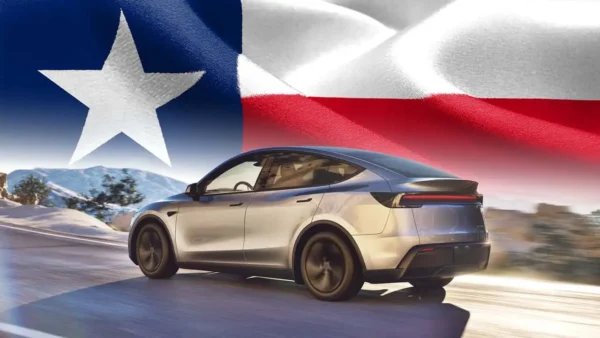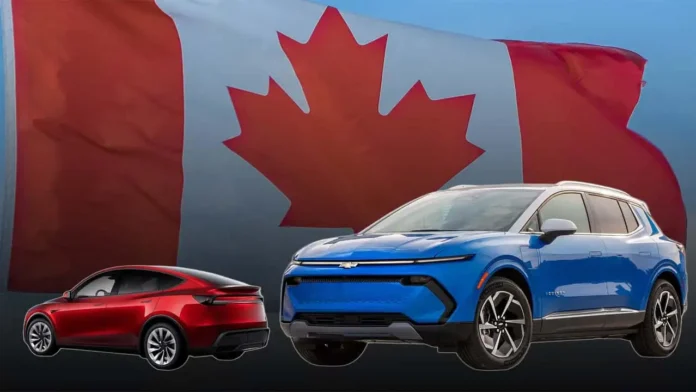Introduction to Tesla’s New Cybercabs
If you’ve driven through Austin, Texas, in the past two years, you might have noticed the rise of driverless Waymos navigating the streets. Soon, this trend will intensify as Tesla gears up to introduce its fleet of driverless Cybercabs. With testing already underway, the excitement around this autonomous vehicle service is palpable.

Details About the Upcoming Robotaxi Service
According to Tesla’s CEO, the company has been conducting test drives of its Model Y robotaxis without safety drivers for several days now. The promise of launching the robotaxi service in June aligns with recent reports, suggesting that June 12th could be the official day. However, this announcement comes in light of previous commitments, such as the goal of having a million robotaxis on the road by the end of 2020, which remains unfulfilled.
For the past several days, Tesla has been testing self-driving Model Y cars (no one in driver’s seat) on Austin public streets with no incidents.
A month ahead of schedule.
Next month, first self-delivery from factory to customer.
— Elon Musk (@elonmusk) May 29, 2025
Safety First: The Geofencing Approach
Unlike its typical Silicon Valley approach, Tesla plans a careful rollout of its driverless Cybercab service. The company intends to geofence the cars to the safest areas of Austin, limiting the service to approved riders. This strategic shift underscores the necessity for enhanced safety measures, given that there will be no human driver to assume responsibility in case of an incident. Initially, Tesla will operate between 10 to 12 vehicles but aims to expand the fleet to 1,000 cars within a few months.
As federal regulators seek clarity from Tesla about the service, the company’s commitment to safety will face significant scrutiny. With years of promises surrounding fully autonomous driving, the outcome of this trial will undoubtedly be watched closely by both supporters and critics alike.



